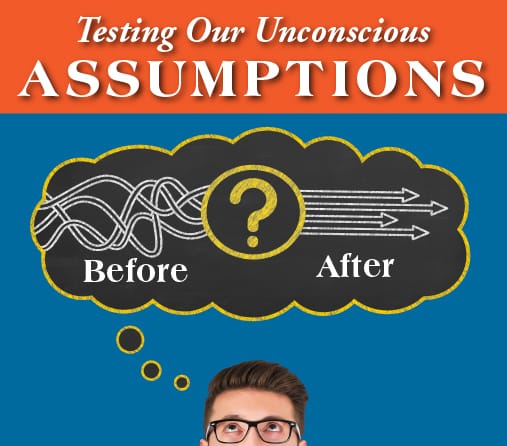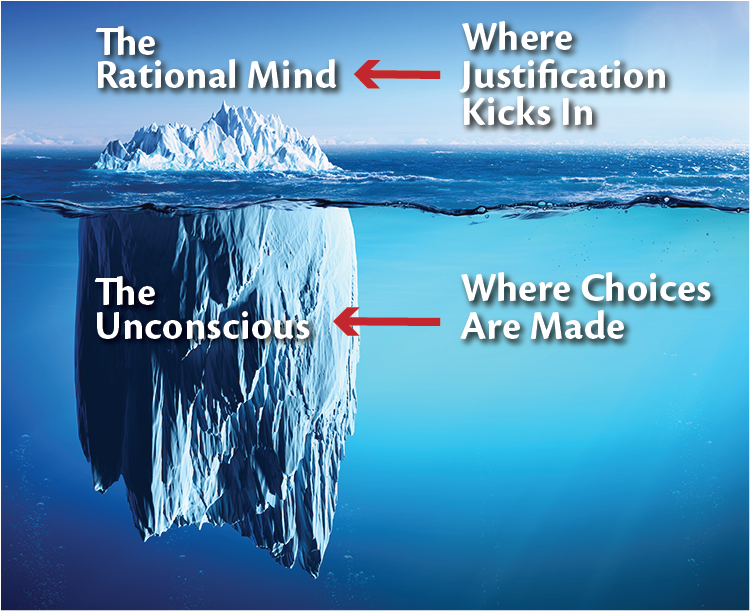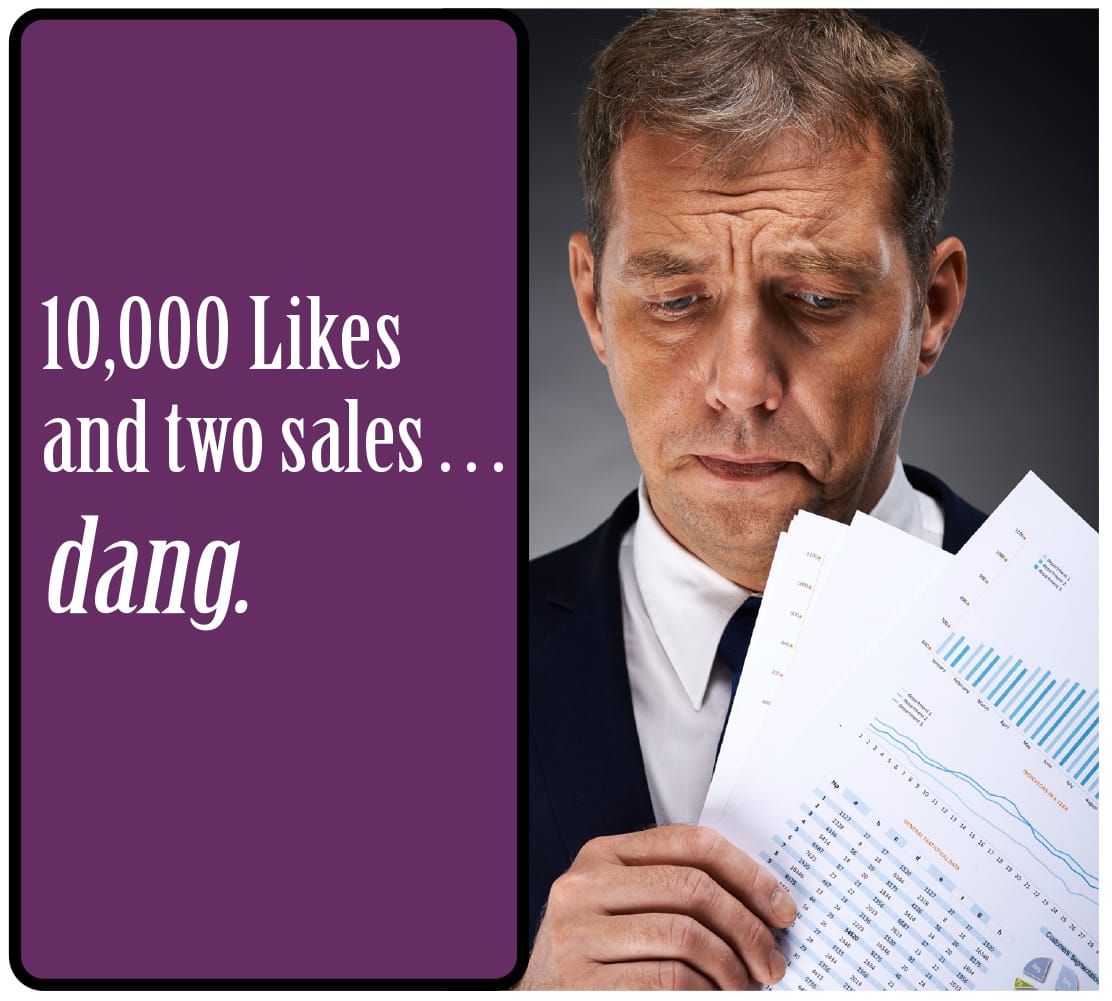Unconscious Assumptions & How They Affect Behavior
I have been doing more thinking about what it is that motivates a buyer’s purchasing choices — how it’s driven by emotion and justified with […]
Unconscious Assumptions & How They Affect Behavior Read More »





